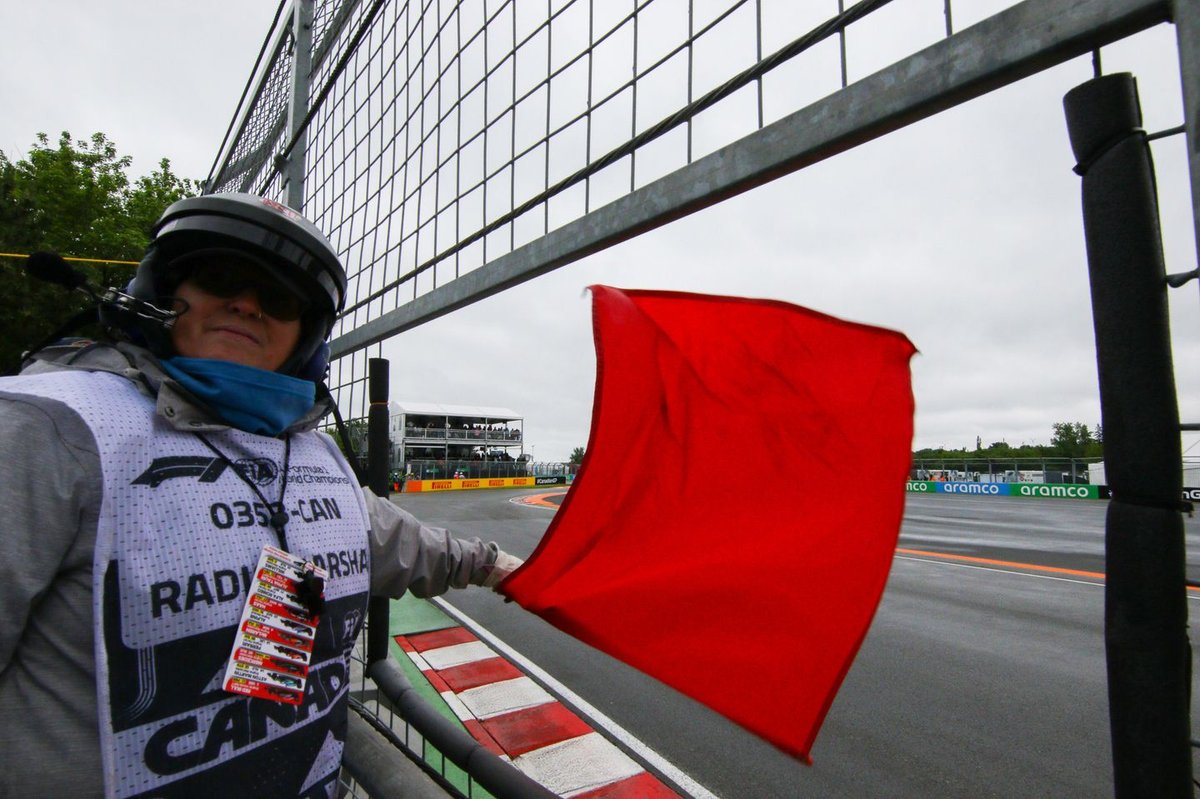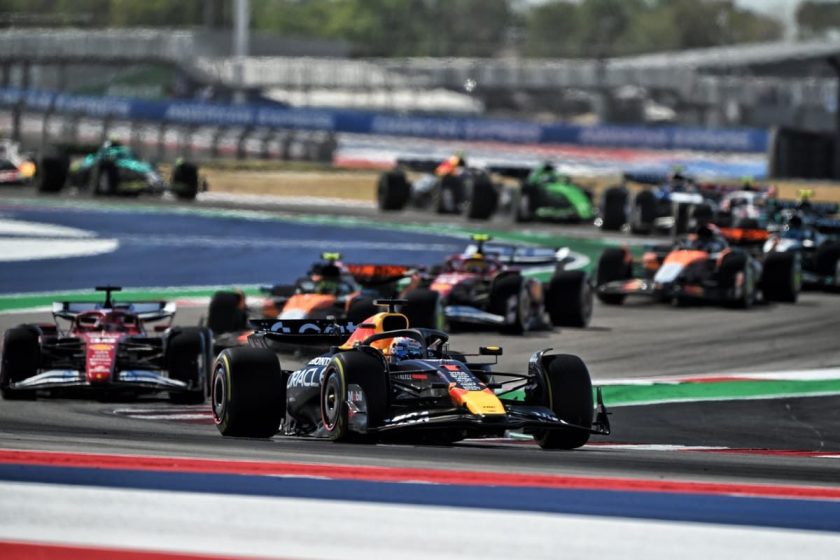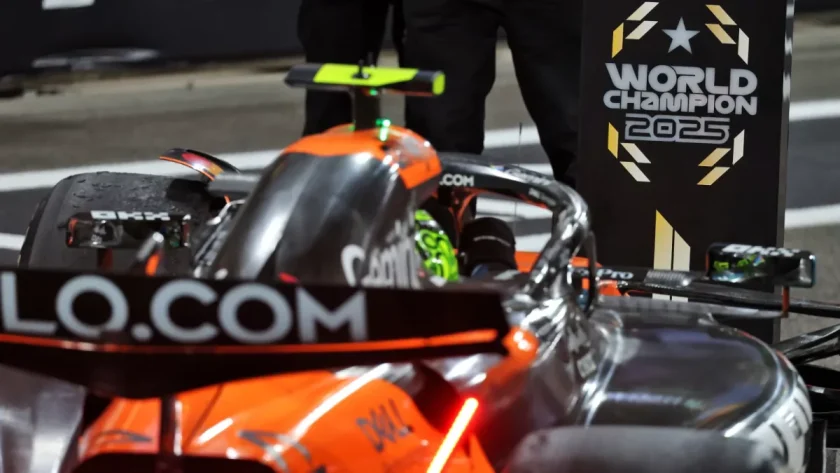P1racenews AI automatic summary:
There are 10 different types of flags, which all have very different meanings and are used to communicate important information to the drivers.
Relaying information to the drivers on track is crucial in Formula 1 sessions, with flags playing a significant role in quickly communicating updates or hazards on the track. Marshal posts equipped with flags or colored light panels are strategically placed around circuits to warn drivers of potential issues or hazards ahead. While the chequered and red flags are common in Formula 1, there are eight other flags used to convey specific messages to drivers during sessions. Flags are important tools for marshals to communicate various messages to drivers, alerting them to risks or signaling the end of a race. Although different series may have unique flag systems, a standardized approach is typically followed to ensure universal understanding among drivers across various motorsport disciplines. The FIA sanctions flags for championships like Formula 1, WEC, and WTCC, with other governing bodies like Motorsport UK also adopting these regulations.






